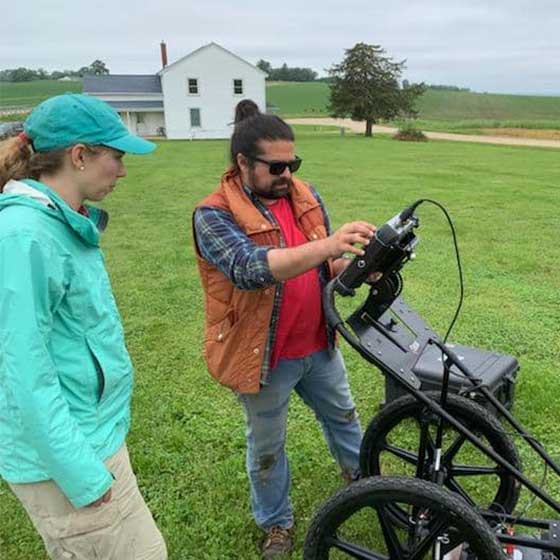
Field Schools
Formal field training schools in historical archaeology are offered each summer in Central New York and in the Caribbean. Each year these popular programs have been filled to capacity. In addition to providing excellent training in field archaeology, these projects have resulted in the acquisition of significant data sets. During the fall and spring terms, weekend excavations and site visitations are organized by the faculty.
Archaeology of Central New York: I-81 Syracuse, Tubman Home and Skaneateles Farm
I-81 Corridor: Students will join in an ongoing GIS project gathering data on pre-1960s communities that existed along and in the vicinity of the path of Interstate 81 in Syracuse. The objective is to reconstruct the ethnic and social composition of these neighborhoods in the 19th and early 20th century.
Harriet Tubman Home: Syracuse University has been involved in archaeological and heritage research at the Harriet Tubman home for decades. Recent projects include generating a master database of the archaeological collections from the site.
Skaneateles Farm: Students learn excavation techniques as they explore a possible privy site at the Austin/Van Etten farm (established ca.1812) in Skaneateles.
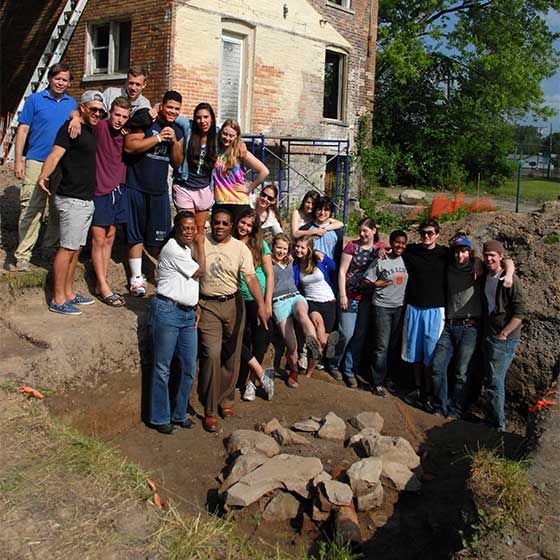
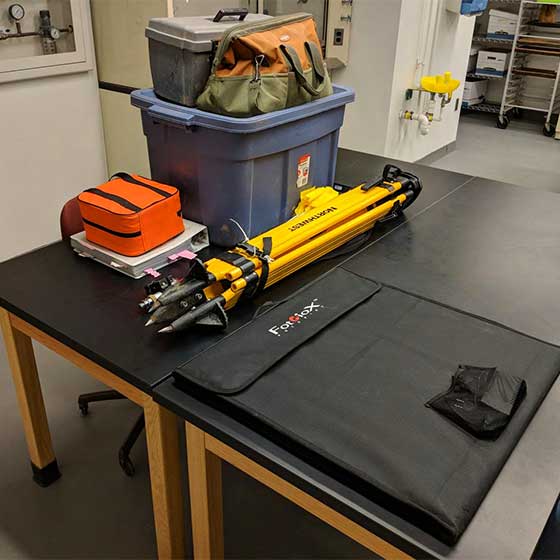
Archaeology Laboratory
The Anthropology Department’s laboratory provides up to date facilities for all phases of archaeological research and instruction. Our laboratory complex includes a wet lab, an instruction and analysis lab, and curation/storage facilities. The lab was designed to provide an opportunity for students in archaeology courses to use computers in a combined teaching and research setting. Today the facility includes computer stations, microscopes, and an expanding array of laboratory and field equipment.
Physical Anthropology Lab
The physical anthropology laboratory is equipped for osteological analysis and the measurement of modern human populations. It also has a good collection of casts of fossils representing major finds in human evolution. The lab includes facilities for dissection of fleshed specimens and hoods for the use of chemical preservatives and the bedding of bone in preparation for cutting by a medical examiner.
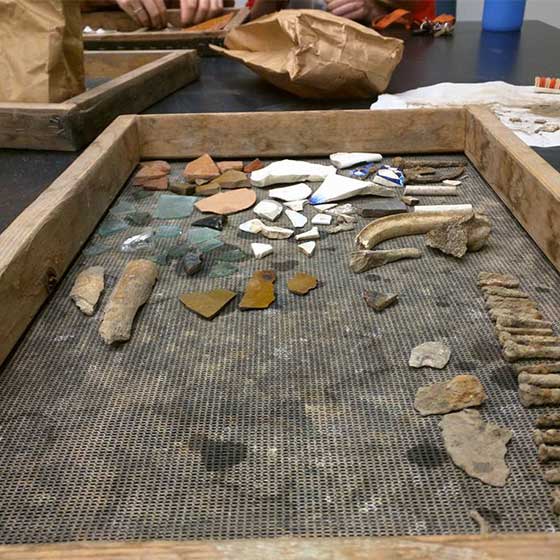
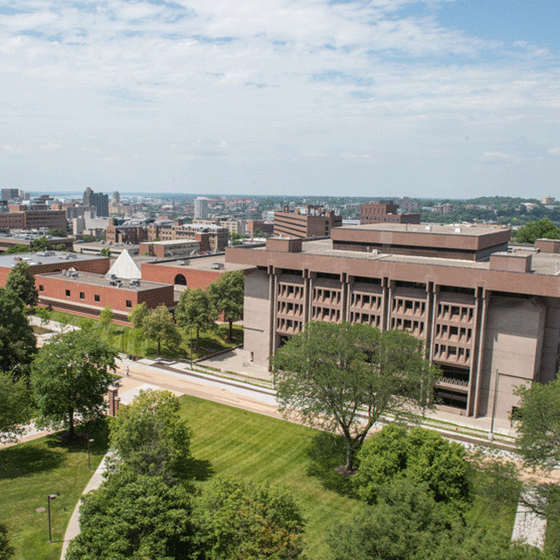
Anthropology Resource Collection
The department has a significant collection of anthropology books and journals, including some rare South Asian texts, that are available for use in the lounge and seminar room (206/205A Maxwell). In addition, students may view videotapes from the department's collection, housed in the main office (209 Maxwell). Of course, all students may use the resources of Bird Library, which holds thousands of anthropology texts, dozens of social science journals, and an extensive collection of videos on peoples and cultures throughout the world. Additional resources like the Kenyan National Archives and the Human Relations Area Files are available for advanced undergraduate students seeking more in-depth information on specific subjects. Faculty advisors help guide students to resources across campus, including at various University libraries.